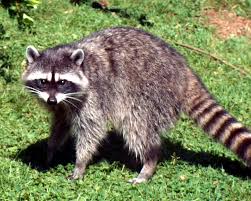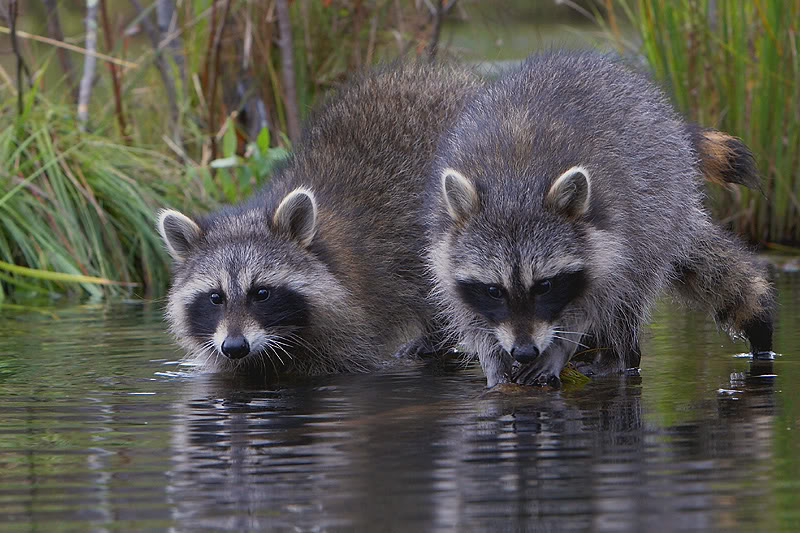The raccoon is a nocturnal forest mammal, which usually ranges between 23 and 37 inches in length (including the 10 inch tail). In the wild, raccoons weigh between 4- 20 pounds. These mammals are easily identifiable by their striped, bushy tails, and their distinctive “black mask." This mask is a patch of dark fur that stretches across their faces.
Eating Habits
What enables raccoons to survive so well is their ability to eat a large and diverse diet. Being omnivores, these fuzzy bandits eat berries, nuts, meat, minnows, river insects, and crayfish. Raccoon’s dexterous front paws and sharp claws allow to latch onto their slippery, underwater prey.
Did you know that raccoons often dunk their food in water before eating it?
Did you know that raccoons often dunk their food in water before eating it?
Watch the video below to learn more facts about raccoons!
Location |
|

